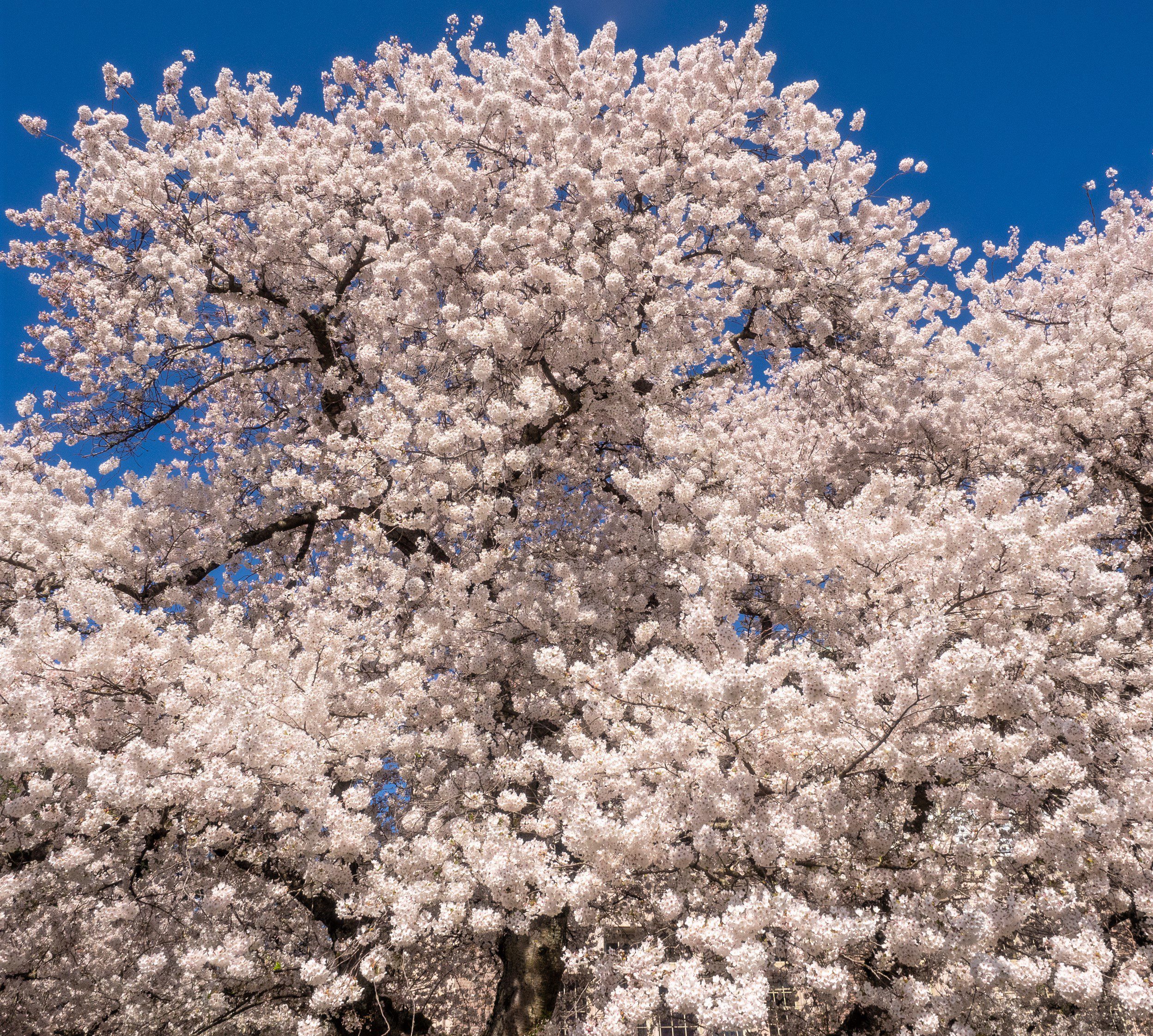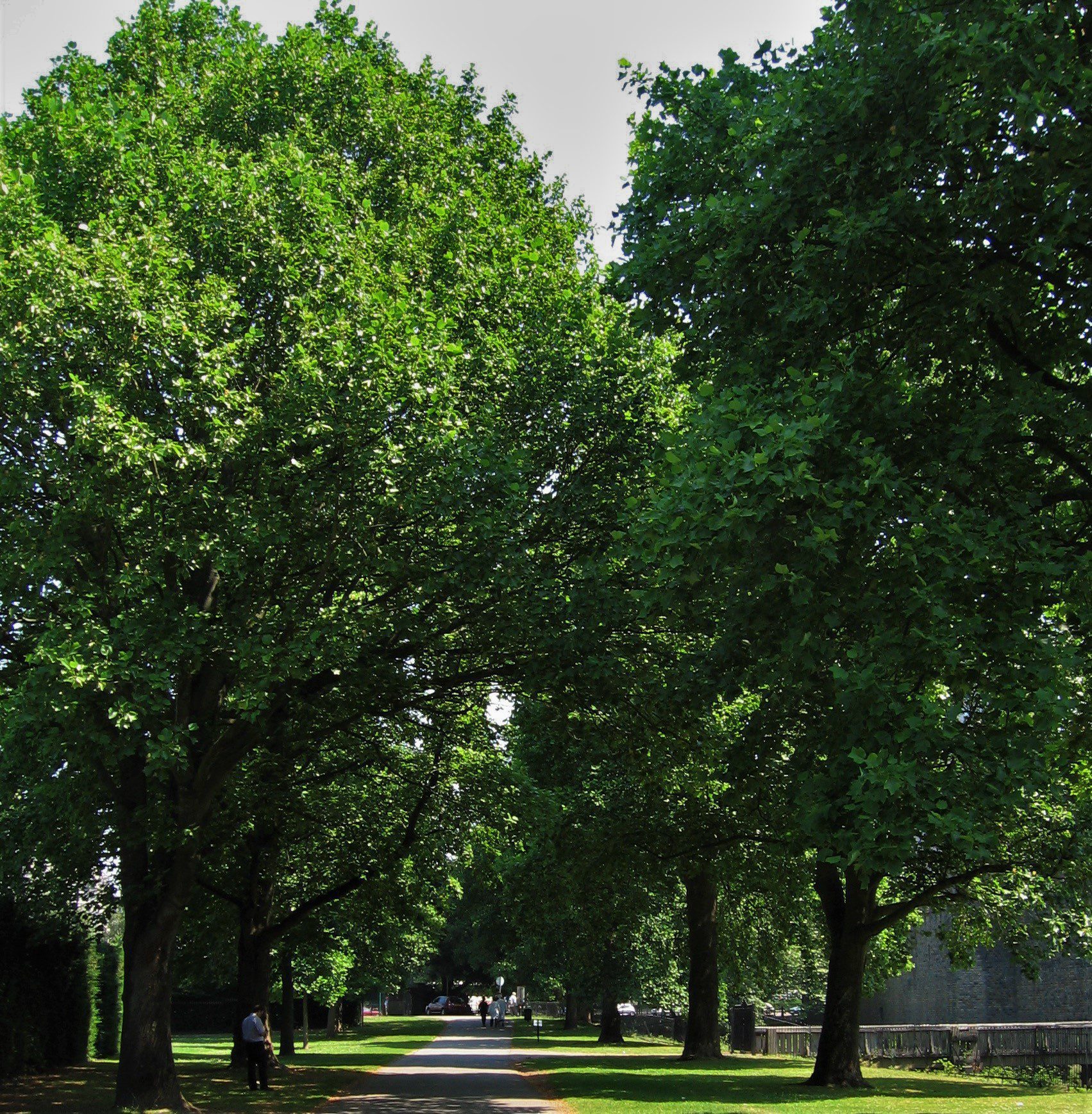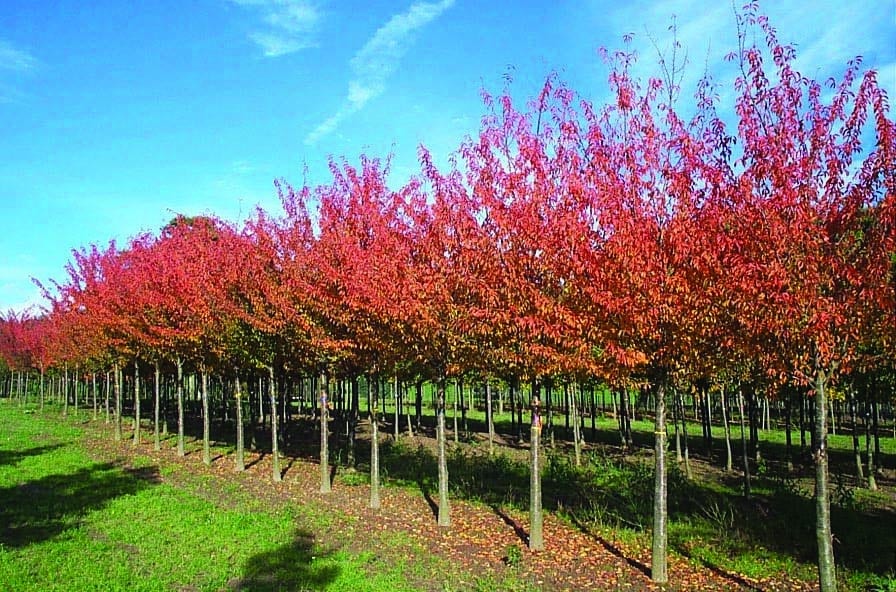Many species of wildlife are, unfortunately, in a state of decline. A 2019 study into the global decline of insects and bees revealed that in the UK alone, one-third of 353 wild bee and pollinating species have experienced significant decline. Globally the total mass of all pollinating insects is decreasing by 2.5% each year.
Known as the sixth extinction, the main reason for bee decline is climate change, industrial agriculture and pesticides. This is different to the past major fauna collapses from ice ages etc, as it is occurring due to the actions of man.
Against this backdrop, it is easy to understand why bee friendly trees have become such an important specification within our urban areas.
European countries are mandating the protection and restoration of pollinator habitats. Whether it is planting a tree in your garden, or specification of avenue planting within urban locations, we can all assist by ensuring more bee friendly trees are grown across the UK.
Recommended Trees for Bees
Tilia (small or large leafed)
Bees simply cannot get enough of tilias. Thousands of these have been planted throughout Birmingham because of their attractiveness to bees. When in blossom, a profusion of small ivory flowers adorns the canopy. These face the ground, which is believed to have evolved to keep the nectar from the rain above. They produce nectar in abundance through the morning hours when it is slightly cooler. View Tilia trees
Salix alba ‘White Willow’
This early breakfast treat is the first tree to provide protein-rich pollen for bees after the cold winter. It is a much needed boost and the beginning of bees’ efforts to restore their depleted honey reserves. View Salix alba ‘White Willow’
Prunus avium ‘Wild Cherry’
This native cherry variety is found throughout our rural hedgerows. Its blossom is rich in nectar- pollen, is very attractive to bees as well as butterflies, birds and other pollinators. View Prunus avium ‘Wild Cherry’
Liriodendron tulipifera
It is well known that a single tulip tree can produce more nectar than several acres of clover fields. Studies have shown that a single liriodendron can produce 4.5kg of nectar whilst in flower. Bees will always throng to this tall beacon of nectar wealth. View Liriodendron tulipifera
Quercus robur
The English Oak may not be known for its pollen, but it does offer an abundance of honey dew from the different aphids it shelters. When nectar supplies are short, bees will gladly use this sugar ration to keep them going. They will even enjoy the sugar rich aphid waste on the leaves. Most importantly, come the winter when the bees are most vulnerable, they look for the mighty Oak to provide the greatest of shelters. View Quercus robur
Calendar of Pollen Blossom
February: Alnus cordata and Salix alba
March: Prunus cerasifera and Corylus avellana
April: Prunus avium, Acer campestre and Liquidambar
May: Sorbus aucuparia ‘Streetwise’ and Crataegus monogyna
June: Liriodendron tulipifera
July: Castanea sativa and Tilia platyphyllos ‘Streetwise’
August: Catalpa bignonioides



